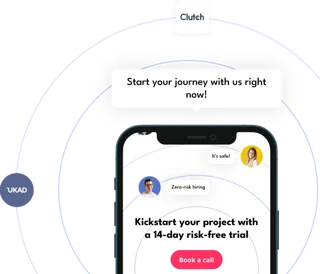Consider each component.
Telegraf
Telegraf is part of the TICK Stack and is a plugin-driven server agent for collecting and reporting metrics. Telegraf has integrations to source a variety of metrics, events, and logs directly from the containers and systems it’s running on, pull metrics from third-party APIs, or even listen for metrics via a StatsD and Kafka consumer services. It also has output plugins to send metrics to a variety of other data stores, services, and message queues, including InfluxDB, Graphite, OpenTSDB, Datadog, Librato, Kafka, MQTT, NSQ, and many others.
InfluxDB
InfluxDB is a Time Series Database built from the ground up to handle high write & query loads. InfluxDB is a custom high-performance datastore written specifically for timestamped data, including DevOps monitoring, application metrics, IoT sensor data, and real-time analytics. Conserve space on your machine by configuring InfluxDB to keep data for a defined length of time, and automatically expiring and deleting any unwanted data from the system. InfluxDB also offers a SQL-like query language for interacting with data.
Chronograf
Chronograf is the administrative user interface and visualization engine of the platform. It makes the monitoring and alerting for your infrastructure easy to set up and maintain. It is simple to use and includes templates and libraries to allow you to rapidly build dashboards with real-time visualizations of your data and to easily create alerting and automation rules.
Kapacitor
Kapacitor is a native data processing engine. It can process both stream and batch data from InfluxDB. Kapacitor lets you plug in your own custom logic or user-defined functions to process alerts with dynamic thresholds, match metrics for patterns, compute statistical anomalies and perform specific actions based on these alerts like dynamic load rebalancing. Kapacitor integrates with HipChat, OpsGenie, Alerta, Sensu, PagerDuty, Slack, and more.











